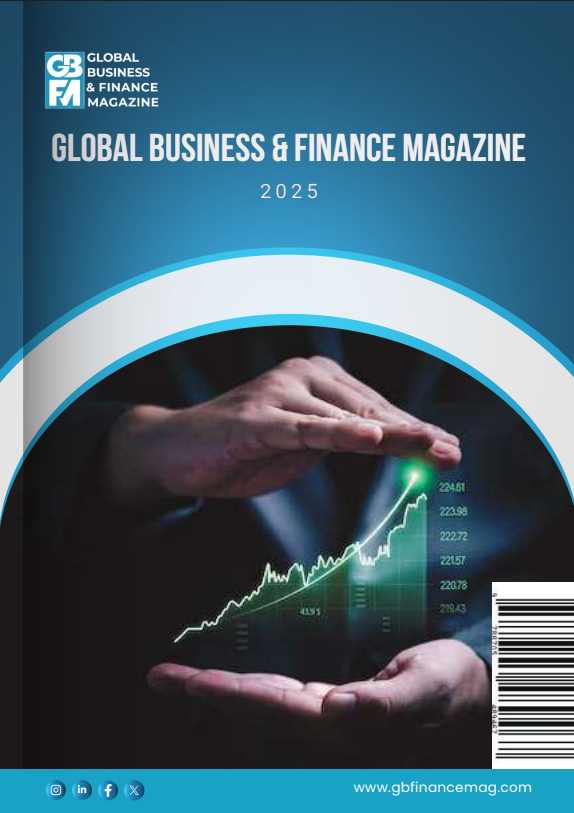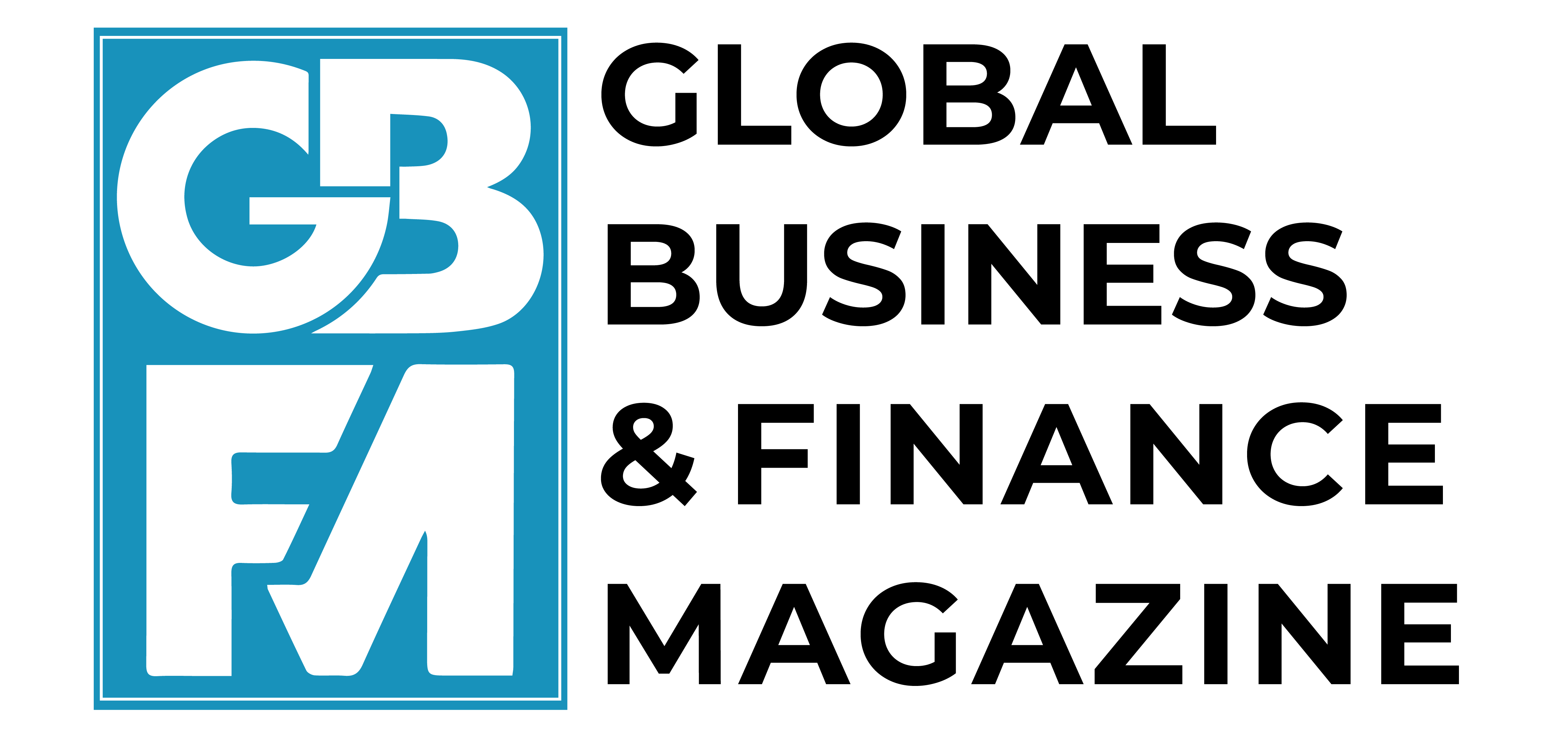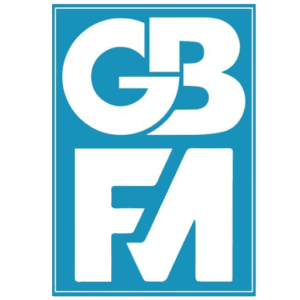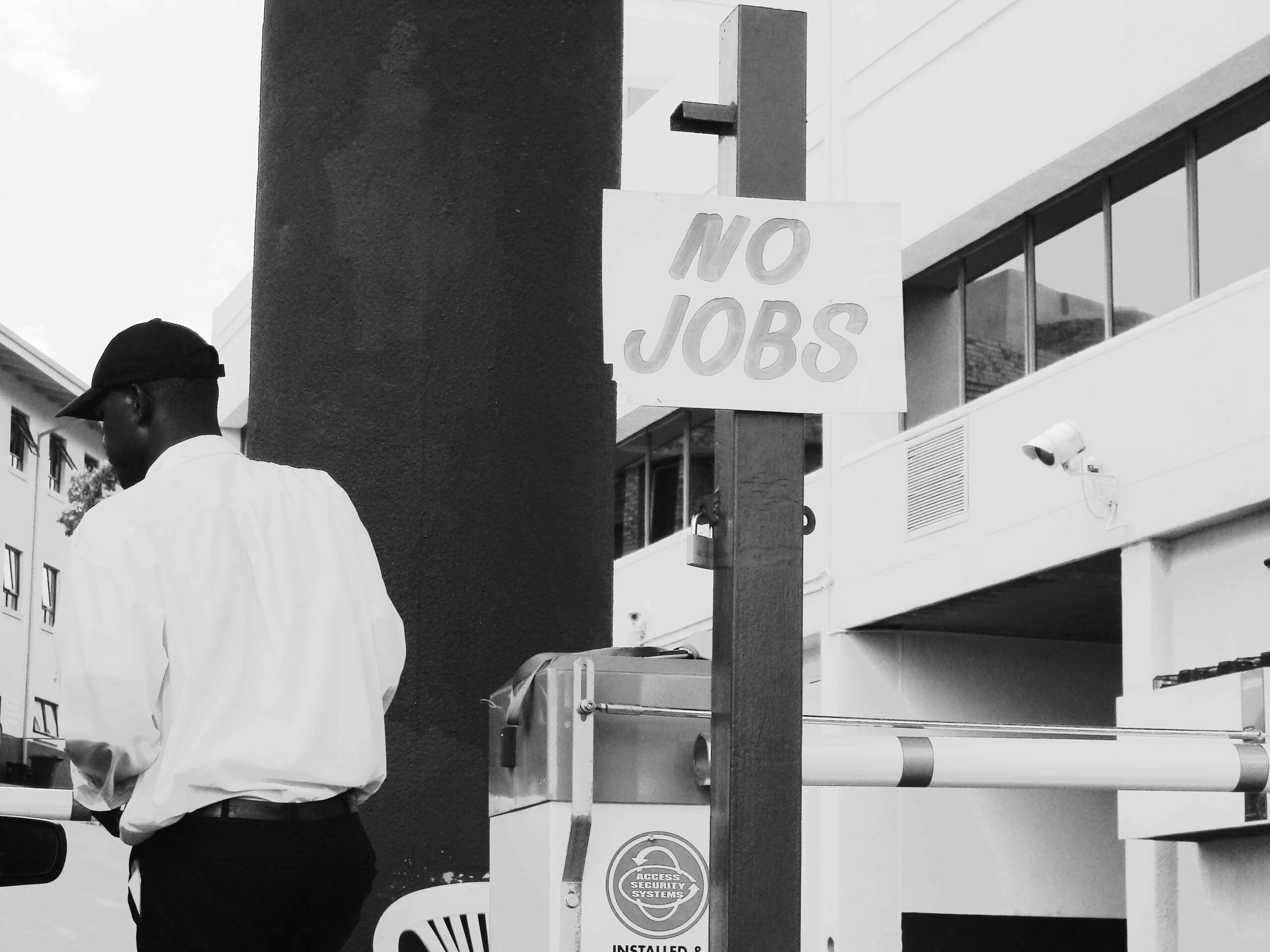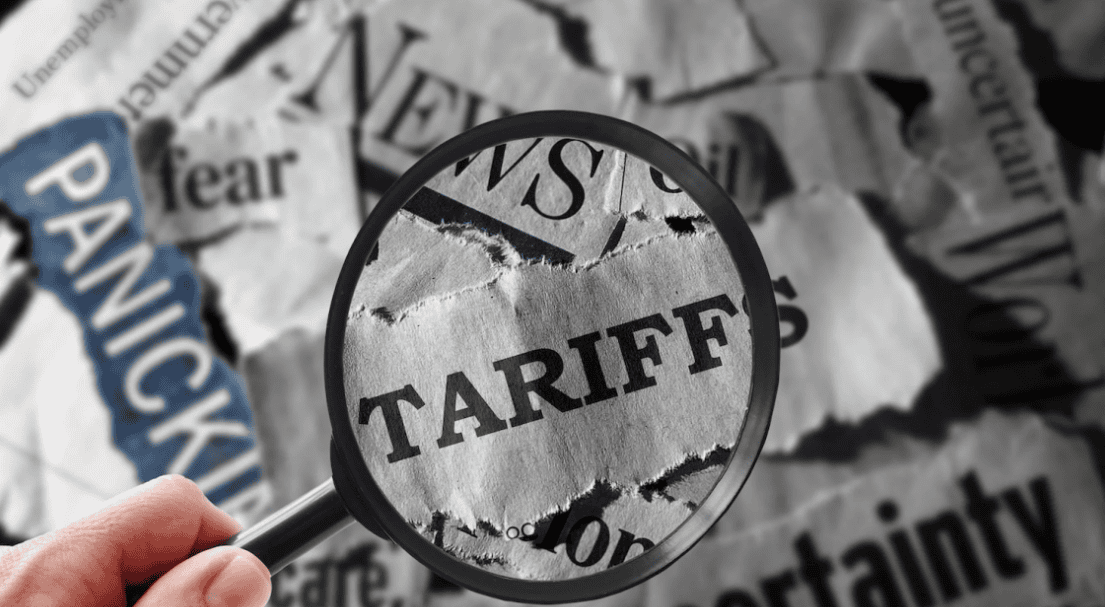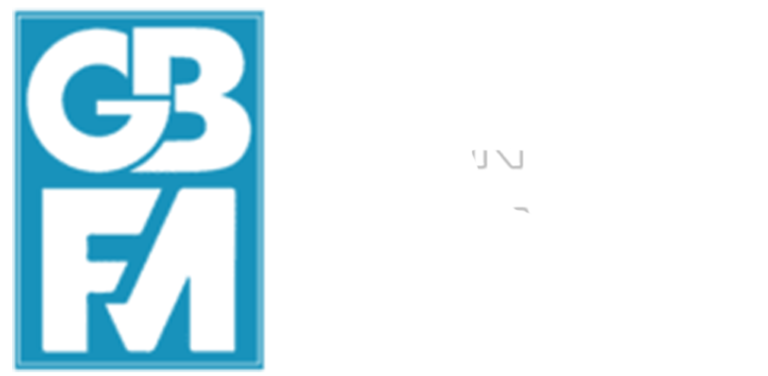Dollar on defensive before Thanksgiving, Fed December cut eyed.
The dollar was drifting toward its largest weekly drop in four months on Thursday as trade thinned ahead of the U.S. Thanksgiving holiday, leaving investors mulling the coming year where the U.S. is looking increasingly lonely in cutting rates. The yen edged 0.2% higher to 156.11 per dollar in Asia trade, helped by a hawkish turn in tone from Bank of Japan officials.
U.S. markets are shut for Thanksgiving, leaving liquidity thin and amplifying moves in currency trading.
“That could be an attractive environment for Japanese authorities to intervene in dollar/yen,” said Francesco Pesole, forex strategist at ING.
“However, there may still be a preference to intervene after a dollar-negative data event, and the stall in the pair may have removed some sense of urgency,” he added.
The euro dropped 0.05% to $1.1590, after hitting a 1-1/2-week high earlier in the session at $1.1613.
Markets are watching negotiations over a possible Ukraine peace deal, which could lift the single currency.
U.S. envoy Steve Witkoff is expected to travel to Moscow next week for talks with Russian leaders, but a senior Russian diplomat said on Wednesday Russia will make no big concessions.
A resurgent New Zealand dollar skipped out to a three-week peak of $0.5728 and has gained about 2% since a hawkish shift at the central bank a day earlier.
The Reserve Bank of New Zealand cut rates on Wednesday but said a hold was discussed and flagged that the easing cycle was likely over. Helped by some strong economic data on Thursday, markets see rates going higher and price in a hike by December 2026.
That contrasts with more than 90 basis points of cuts priced for the U.S. Federal Reserve between now and the end of next year. Data showed New Zealand retail sales rose in the third quarter, while business confidence jumped to its highest in a year.
“Kiwi green shoots are really starting to mushroom quite quickly now,” said Westpac strategist Imre Speizer.
THE AUSSIE YIELDER The Australian dollar has also been gaining after a hotter-than-expected inflation reading on Wednesday added to the case that the easing cycle there is also finished.
Australia’s 3-year and 10-year rates of 3.86% and 4.5%, respectively, are the highest in the G10, which analysts point out makes the currency look cheap. At $0.6536 the Aussie is in the middle of a channel where it has traded for about 18 months. Kit Juckes at Societe Generale, however, notes it has more closely tracked China’s yuan than interest rates lately – which could support further gains as the yuan has climbed sharply in recent sessions.
Pushback from China’s central bank fixing mechanism steadied the yuan at 7.08 per dollar on Thursday. Sterling inched up to its highest since late October at $1.3265 and was on course for the largest weekly rise since August as Britain’s budget alleviated some concerns about the national finances.
DOLLAR DOWN
The U.S. dollar index was up 0.1% at 99.62, having retreated from a six-month high hit a week ago to head for its largest weekly drop since July.
“The market will soon be thinking about the big trades for 2026, and I strongly doubt that ‘long USD’ will be one of them,” said Spectra Markets’ President Brent Donnelly. He said if White House economic adviser Kevin Hassett – an advocate for rate cuts – were appointed the next Federal Reserve chair it ought to be a negative catalyst for the dollar.
“Once we get past Friday, all the corporate and real money USD demand is done.”
